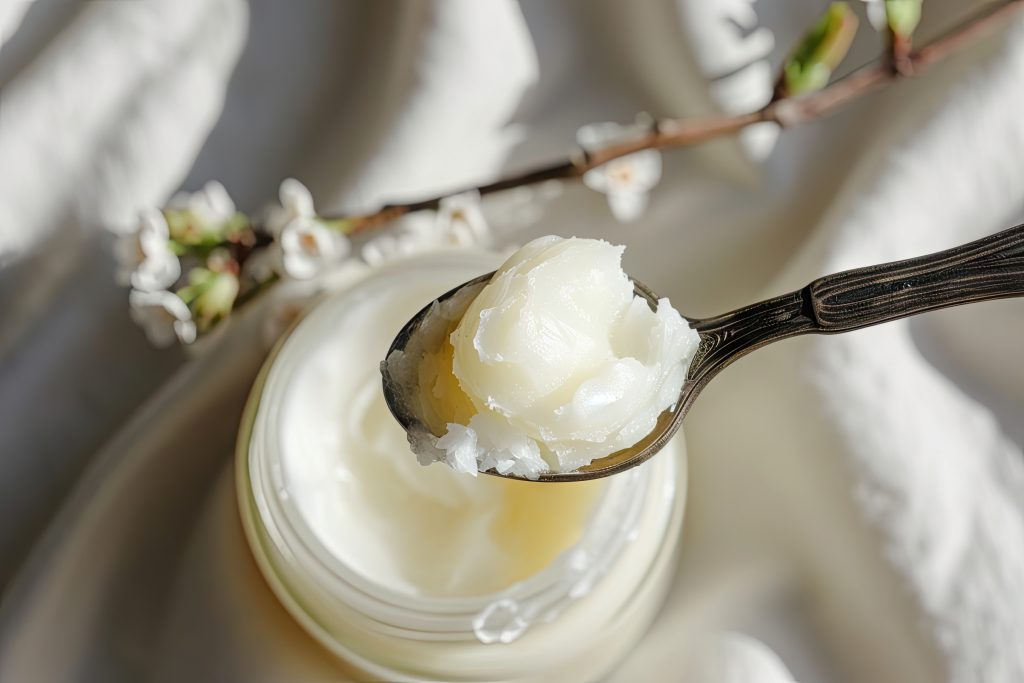Petroleum jelly uses are various and can be divided into 3 categories based on its grades. Petroleum jelly is used in cosmetic, pharmaceutical, and industrial applications.
There are different uses of petroleum jelly in skin care, skin diseases, or as a lubricant for plastic and metal objects.
In the following, we provide a comprehensive review of petroleum jelly uses. Read the article to learn interesting facts about using petroleum jelly applications.
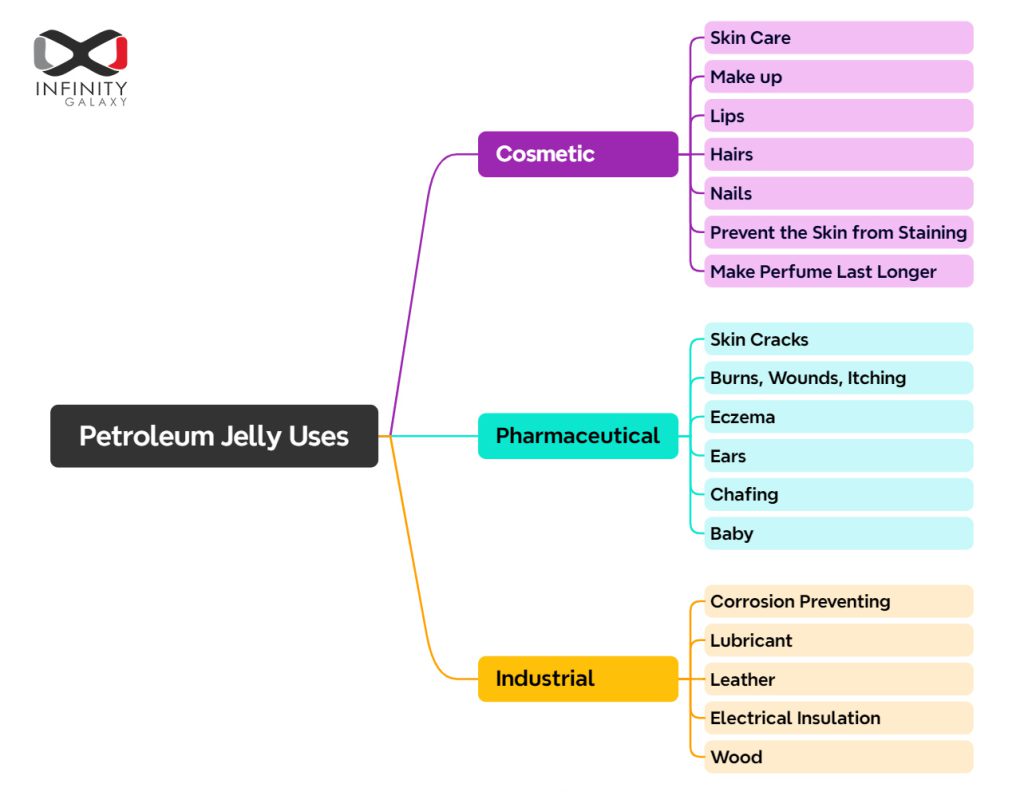
Petroleum Jelly Uses in Cosmetic
Petroleum Jelly for Skin Care
Petroleum Jelly for Dry Skin
One of the common uses of petroleum jelly is as a moisturizer for dry skin. You can apply petroleum jelly to the skin anywhere you feel dryness, such as :
- Face
- Hands
- Feet
- Elbows
- Knees
Petroleum jelly creates an oily layer on the skin surface to maintain its natural moisture. In this way, petroleum jelly helps to keep dry skin soft and hydrated.
Petroleum Jelly for Skin Scrub
A mixture of petroleum jelly with salt or sugar makes a whole-body skin scrub. Mix one tablespoon of petroleum jelly with two teaspoons of salt or sugar, then apply it to the skin in a circular motion.
After 30 minutes, clean it with a toothbrush or similar piece of equipment. This petroleum jelly-based skin scrub removes dead skin cells, making the skin softer and brighter.
Petroleum Jelly for Skin Wrinkles
Skin wrinkles appear as the result of aging. The main reason for that is dehydration, or loss of skin moisture.
Petroleum jelly can make wrinkles smoother by keeping the skin hydrated. Also, using petroleum jelly as a moisturizer can slow down skin aging and wrinkle formation.
Petroleum Jelly for Dark Circles Under the Eyes
The dark circles under the eyes can be removed by a combination of a small amount of petroleum jelly and 3–5 drops of lemon juice.
Use this mask overnight or for 30 minutes during the day, and repeat this for 3–4 weeks.
Petroleum Jelly for Brighten the Skin
Apply a mask made of equal parts petroleum jelly and fresh milk to remove dark spots and brighten the skin.
Another mask you may prepare using petroleum jelly is a combination of one egg white and a few drops of lemon juice.
Use both of the mentioned masks for 30 minutes a day. Then look at the incredible results for brighter skin.
Take a look at “What is Petroleum Jelly” for an in-depth review of its origins, names, kinds, and more.
Petroleum Jelly for Makeup
- Skin Highlighter
Shine the high points of your face with petroleum jelly, like cheekbones, under the eyebrows or lips.
- Eyelashes
The use of petroleum jelly increases the growth of eyelashes and shows them longer.
- Eyebrows
Petroleum jelly is useful for thickening eyebrows and can be used instead of eyebrow gel to make them look neater.
- Remove Makeup
Some cosmetics, especially eye make-up, are waterproof and cannot be easily cleaned with water-based cleaners. It has been shown that petroleum jelly works well for removing eye makeup.
Petroleum Jelly for Lips
Petroleum jelly can work as an effective lip balm. It is helpful for smooth lips and the skin around them because of its moisturizing effect.
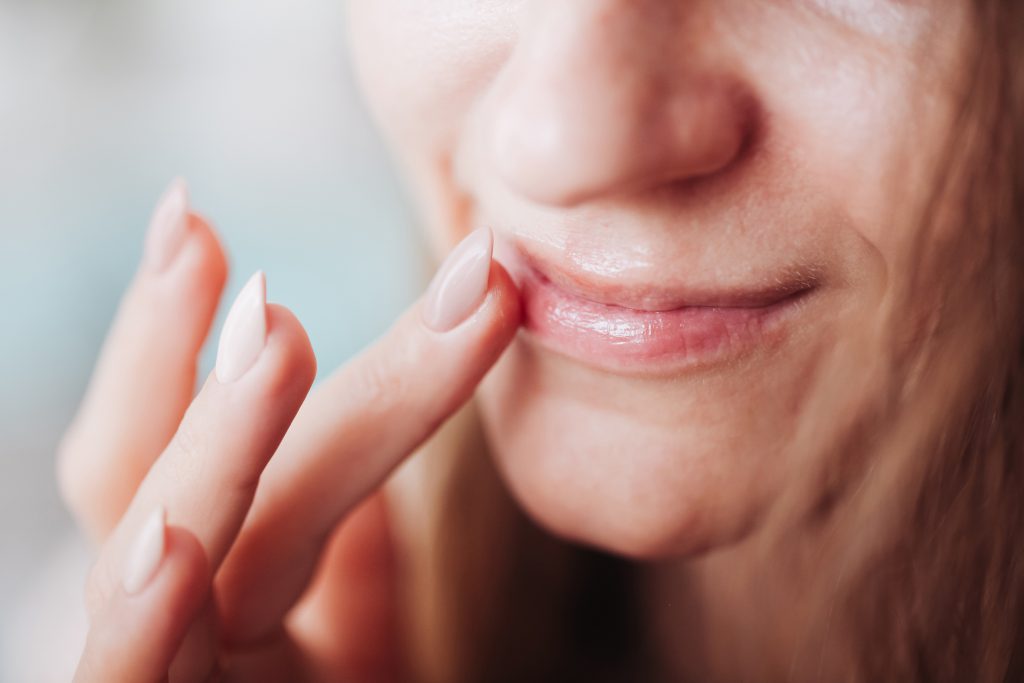
Petroleum Jelly for Hair
Most of the time, dry and broken ends of hair are caused by a lack of moisture and nutrition. Applying petroleum jelly to the ends of the hair is one way to help it stay moist and shiny. Also petroleum jelly and beeswax mixtures used to make hair grow faster.
Petroleum Jelly for Make Perfume Last Longer
Put some petroleum jelly on pulse points such as the neck and wrist before spraying perfume on them. Then you’ll find out that petroleum jelly can make your perfume last longer.
Petroleum Jelly to Prevent the Skin from Staining
Skin staining is always a typical concern when you decide to dye your hair or polish your nails at home. It is possible to prevent your skin from coloring by using petroleum jelly. After finishing work, remove it from the skin easily.
Petroleum Jelly for Nail
Petroleum jelly can solve nail issues like weak or dry nails and cracked skin around them. Use petroleum jelly while wearing gloves for the whole night to get soft and healthy nails.
Petroleum Jelly Uses in Pharmaceutical
Petroleum Jelly for Skin Cracks
Skin cracks often occur in thick and dry parts of the skin, such as the heels. Additionally, harsh cleaning products and extreme colds can lead to skin cracking.
Petroleum jelly has good performance in softening and moisturizing the skin due to its oily texture.
Spread petroleum jelly over any skin cracks, cover them with a plastic barrier, and leave it overnight. Repeat this process until you get the desired result.
Petroleum Jelly for Burns
Petroleum jelly can speed up burn healing. Placing a thin layer of petroleum jelly on the burns keeps water and contaminants from entering. However, it’s not good to use petroleum jelly for serious and fresh burns.
Petroleum Jelly for Wounds
Petroleum jelly forms a protective barrier over the wound to keep bacteria and other pollutants from getting in and causing infection.
Petroleum jelly makes the healing process faster by moisturizing and softening the wound. But avoid using petroleum jelly on wounds that are open.
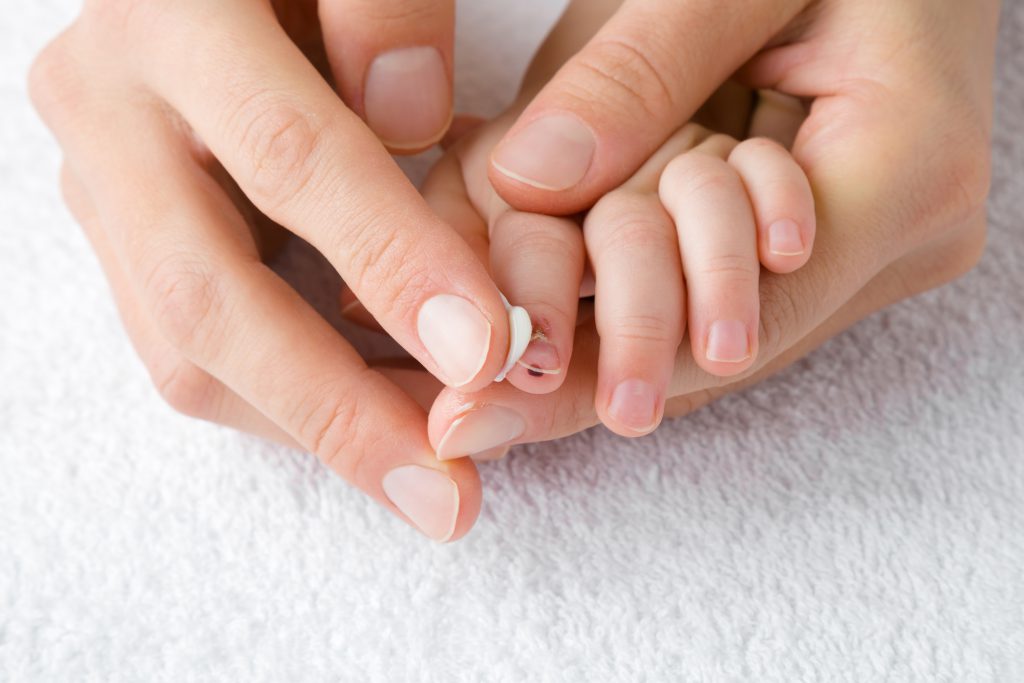
Petroleum Jelly for Itching
Petroleum jelly is an effective treatment for itching that results from a variety of causes, such as excessive dryness and allergies.
Applying a coating layer of petroleum jelly to the itching area may help avoid friction with clothing.
Petroleum Jelly for Eczema
Eczema is a skin condition that results in dry, itchy, and red skin. Petroleum jelly has strong moisturizing effects. It is especially beneficial to people who suffer from dry skin and eczema.
The National Eczema Association recommended petroleum jelly for eczema. It is very useful to fight infections caused by eczema or even injuries after surgery.
Petroleum Jelly for Ears
Water in the ear can lead to a bacterial or fungal infection. Because the humid environment is a good place for their growth.
Make sure to drain any extra water from your ears. However, you can use petroleum jelly to prevent water from getting into your ears.
Since petroleum jelly is hydrophobic, if you put some of it near the ear canal, it will protect your ear from water entering.
Petroleum Jelly for Chafing
Chafing happens when parts of the body rub against one another or against clothing. Physical activity, including running, that makes you sweat could worsen the chafing.
Petroleum jelly minimizes the friction between body parts and clothing. It reduces the burning and pain produced by chafing and healing them.
Petroleum Jelly for Baby
Diaper rash is a skin condition that produces redness and burning in the diaper area. Petroleum jelly can also be used to treat baby diaper rash.
Petroleum Jelly Uses in Industries
Petroleum Jelly for Corrosion Preventing
Petroleum jelly provides a great covering for metal surfaces. This coating protects metal from direct contact with moisture; as a result, corrosion and oxidation don’t happen.
Petroleum Jelly as Lubricant
Petroleum jelly works well as a lubricant for plastic and metal surfaces. You may use it to lubricate a variety of surfaces, like :
- Keyholes
- Bicycle Chains
- Zippers
- Hinges for doors and windows
Petroleum jelly is also used as an automotive lubricant. But, because of its low melting point, avoid using it to lubricate heated components.
However, petroleum jelly could be applied to simplify the motion of other automotive parts such as doors, and sunroof.
Read more about properties of petroleum jelly like melting point, flash point, etc. on petroleum jelly properties post.
Petroleum Jelly for Leather
Petroleum jelly is a popular choice for conditioning and maintaining leather products. Its moisturizing properties help to prevent drying and cracking.
It also forms a barrier against dirt and water. Additionally, petroleum jelly can help restore the natural shine and flexibility of leather.
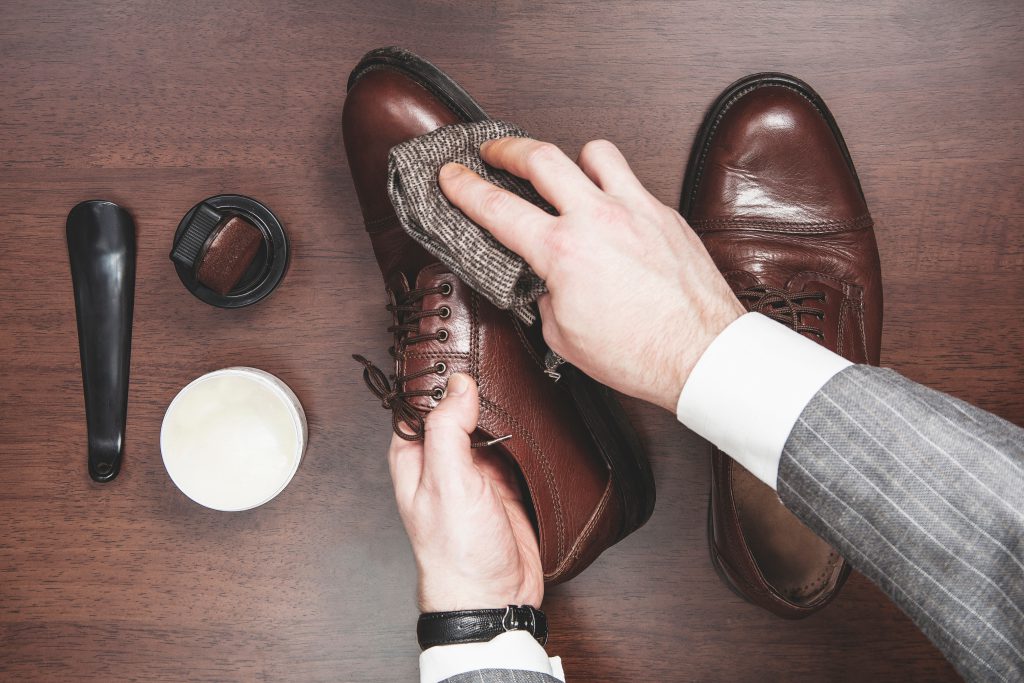
Petroleum Jelly for Electrical Insulation
Petroleum jelly does not conduct electricity, which means it can be used as an electrical insulator.
It is a suitable alternative for dielectric grease in low-temperature equipment. Petroleum jelly also has the ability to keep rust and moisture out of electrical components.
Petroleum Jelly for Wood
Petroleum jelly is used in the wood industry for:
- Repair scratches
- Remove stains
- Provide a waterproof surface
- Lubricant for wooden drawers, which helps to open and close them more easily.
If you found this article helpful, share it with your friends. Feel free to rate this article. We are also available on WhatsApp and comments for any questions or orders.




